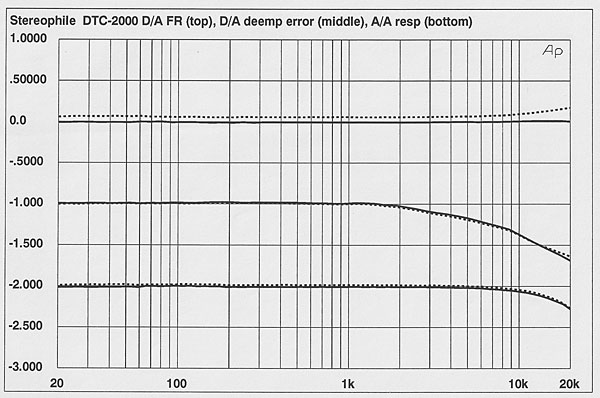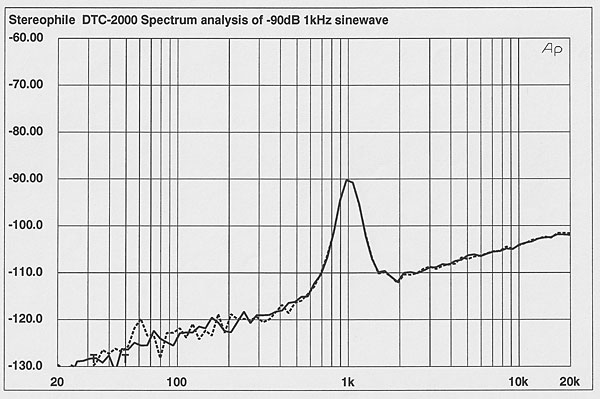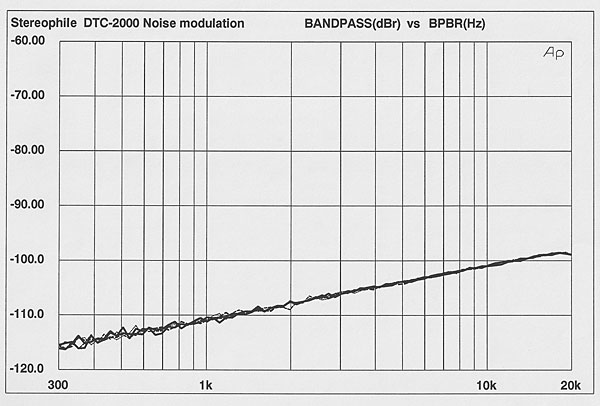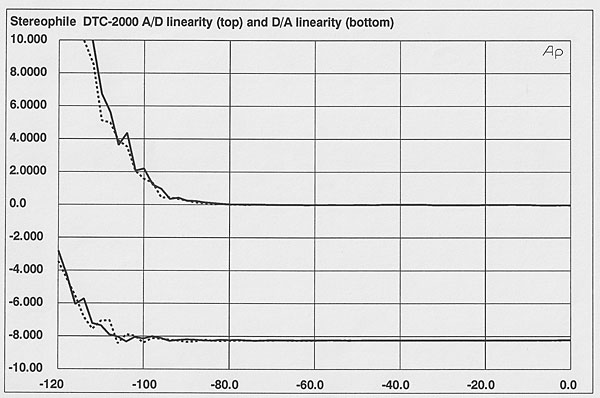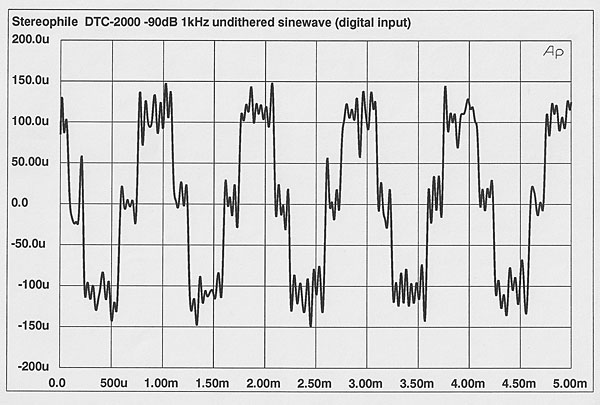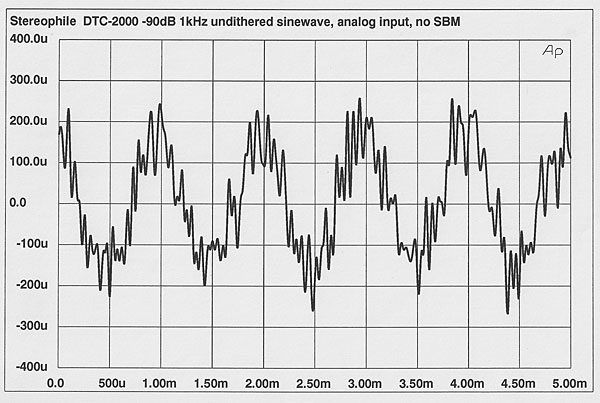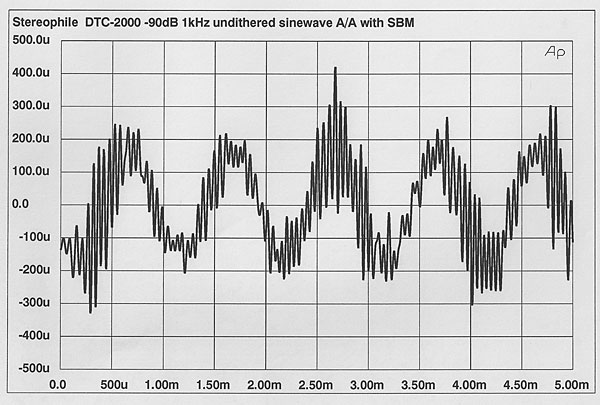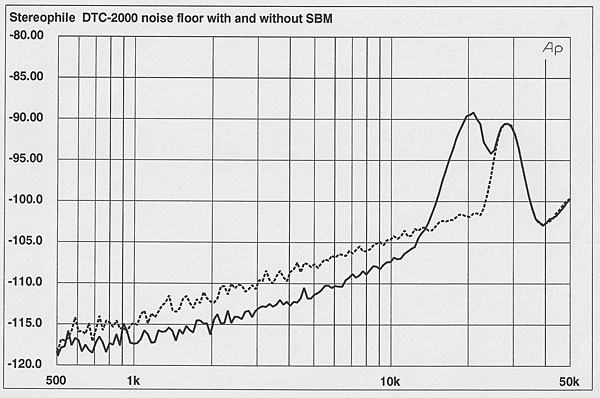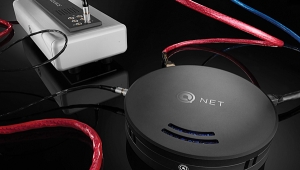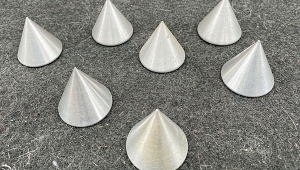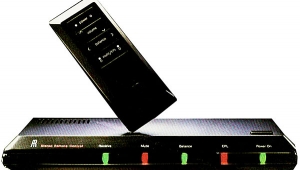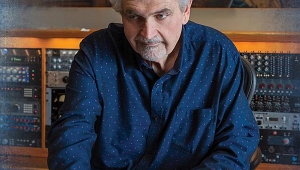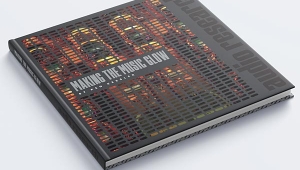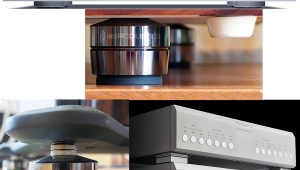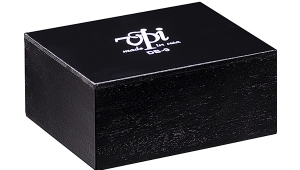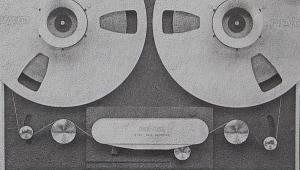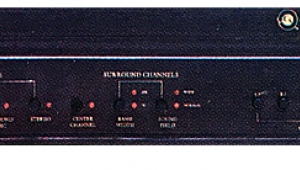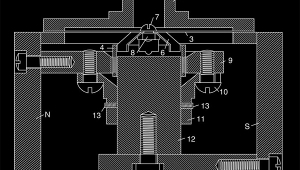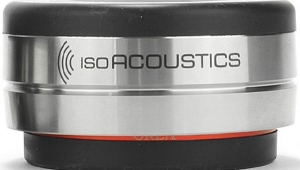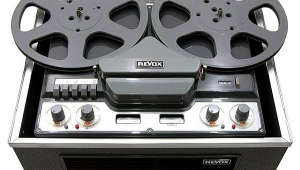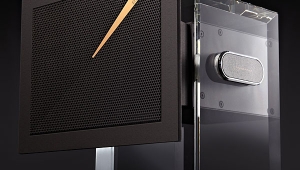| Columns Retired Columns & Blogs |
I still use my DTC 690 to record WABE FM NPR broadcasts for listening later, but not much else. I also had a Portable 7, but once it quit for the 2nd time and the repair was over $300 I was done. My 690 is still rolling long nicely to this day. And yes, tapes are still available. I also still use my Sony Minidisc 330 as well when quality is not a real issue.
I must admit that my 3 Tascam SDHC recorders; 2 DR-2ds that do 2496 and my older DR-07 that is redbook are now my go to recorders for everything that I want to transfer to CD or DVD - or + R.
